Captive Money Leverage - Leverage our long-term savings: pension, provident, executive insurance, continuing education.

Post # 2 - Entrepreneur of the Week
Leverage captive money
Today I would like to talk to you about leveraging our long-term savings money: pension, provident, executive insurance, continuing education.
Of course, leveraging is risky and certainly against pension funds, but if we invest in an investment with a positive cash flow that can be reasonably expected, the deal is not bad at all.
Let's take two situations:
In the first we take out a loan with the full amount needed to purchase a property, for example, a loan of NIS 250,000 to buy a property that costs about $ 70,000.
Such loans can be obtained under prime terms of less than half a percent, and most importantly accept grace conditions or prominent on the principal, namely the payment of interest only for the duration of the loan and repayment of the fund at the end of the period, say 5 years.
If we assume that the asset generates 9% after expenses (and before personal taxes)
The profit we generated as a result of the transaction is the difference between the cost of the loan prime minus half a percent, which is 1.25% in current economic conditions, so the profit we generate is 7.75% before personal taxes.
At the end of 5 years of a loan if we assume that we have about 7% net after taxes, then we have accumulated 35% and then we can repay the loan and finance the repayment by selling the property or use the cash we have accrued and repay the balance from another source.
This deal can be seen in two different ways:
1. Improving the yield of our long-term savings in 7.75%, and then if the savings generated a yield of 4%, then our transaction was able to increase the savings to 11.75%
1. Separating the long-term savings yield and buying the property and then the savings will generate 4% for us, plus it will also “buy” a property with a 7.75% yield.
All according to the convenience of the beholder.
The second example I want to give is a combination of half of the purchase of the property from equity and half of the loan mentioned above.
In our case, 125,000 is derived from equity
Etc. 125,000 borrowed from the loan.
What does this deal create for us?
Equity produces us 9%
The loan produces us 7.75% (on foreign capital)
Ie the return on equity in this case is 9% + 7.75% = 16.75%
As we sometimes leverage our residential property if the regular mortgage is low-latency for investments, so we can leverage our long-term savings.
Every few years I examine my slow assets like home, long-term savings (provided that the loan I take against them is not too high) and then send them to work a little harder for me.
Remember, all in case you should not go crazy with leverage.
The original responses to the post can be read at the bottom of the current post page on the site or in the link to a post on Facebook and of course you are invited to join the discussion
- Thank you! Can you elaborate a little on the process of taking out the above loans (I assume this is different from taking out a regular loan / mortgage on a property)?
- Udi Zecharia
- Thank you. Excellent post!
























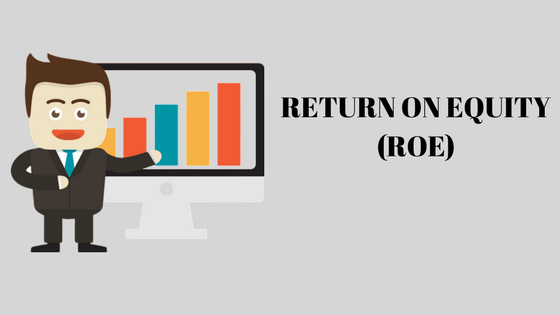







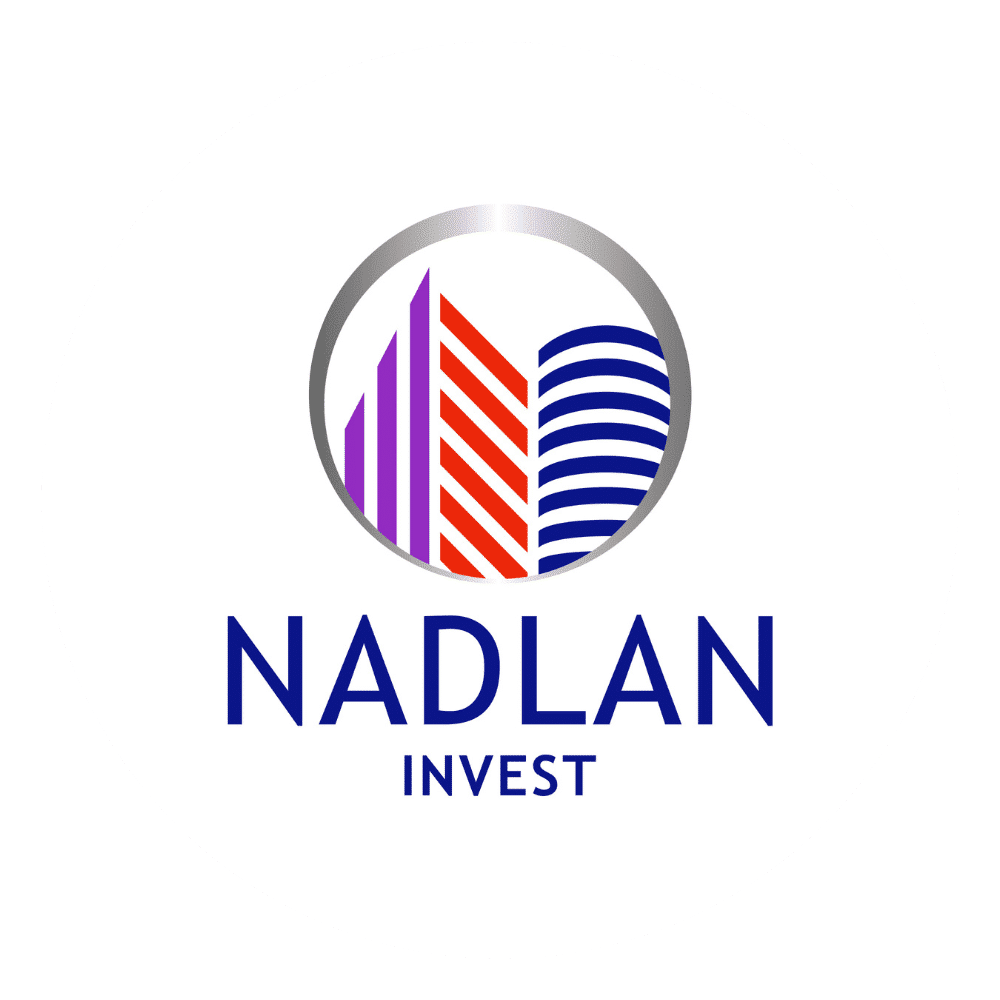


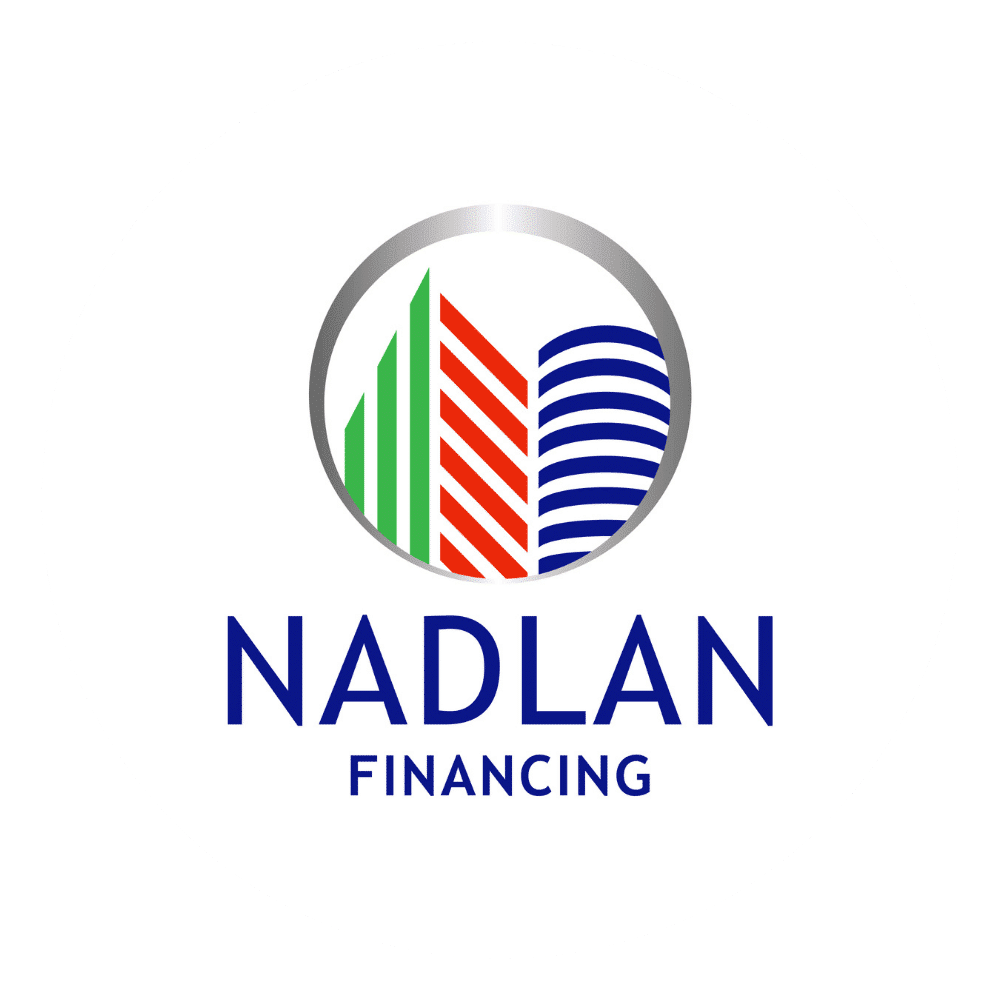


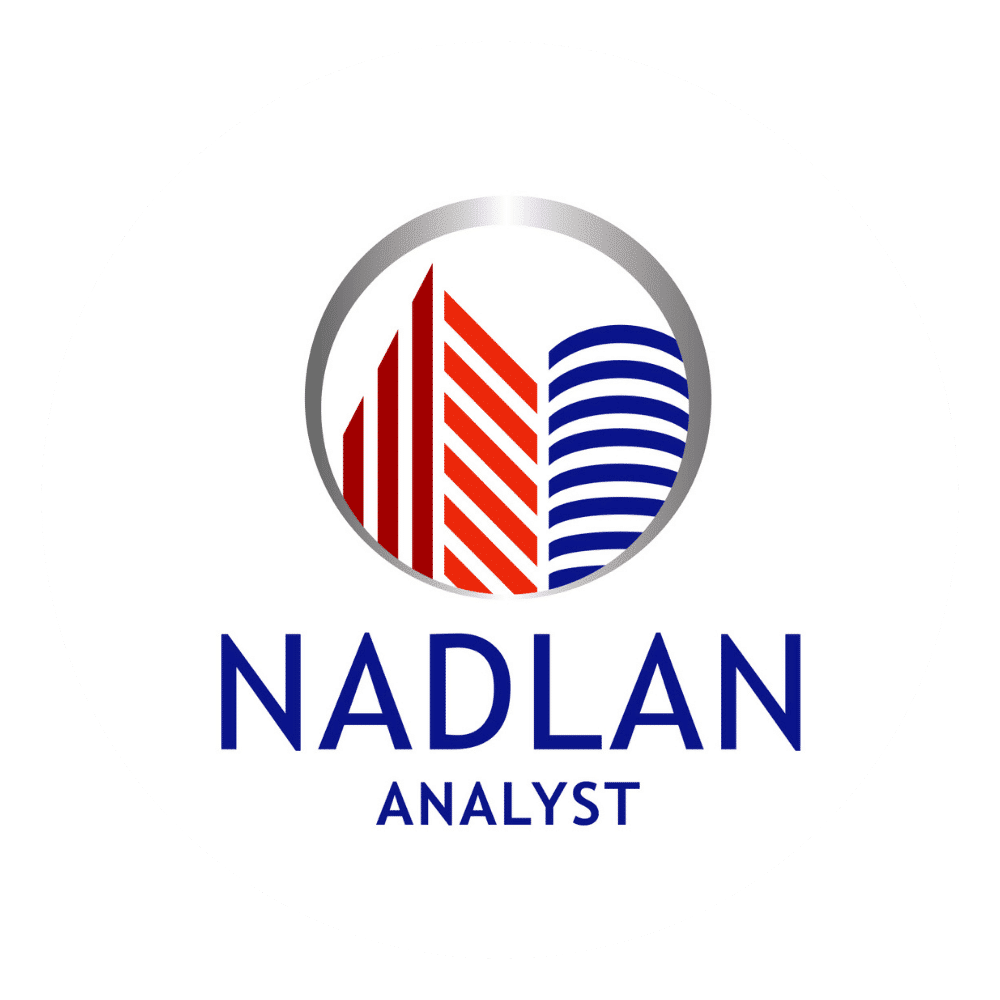
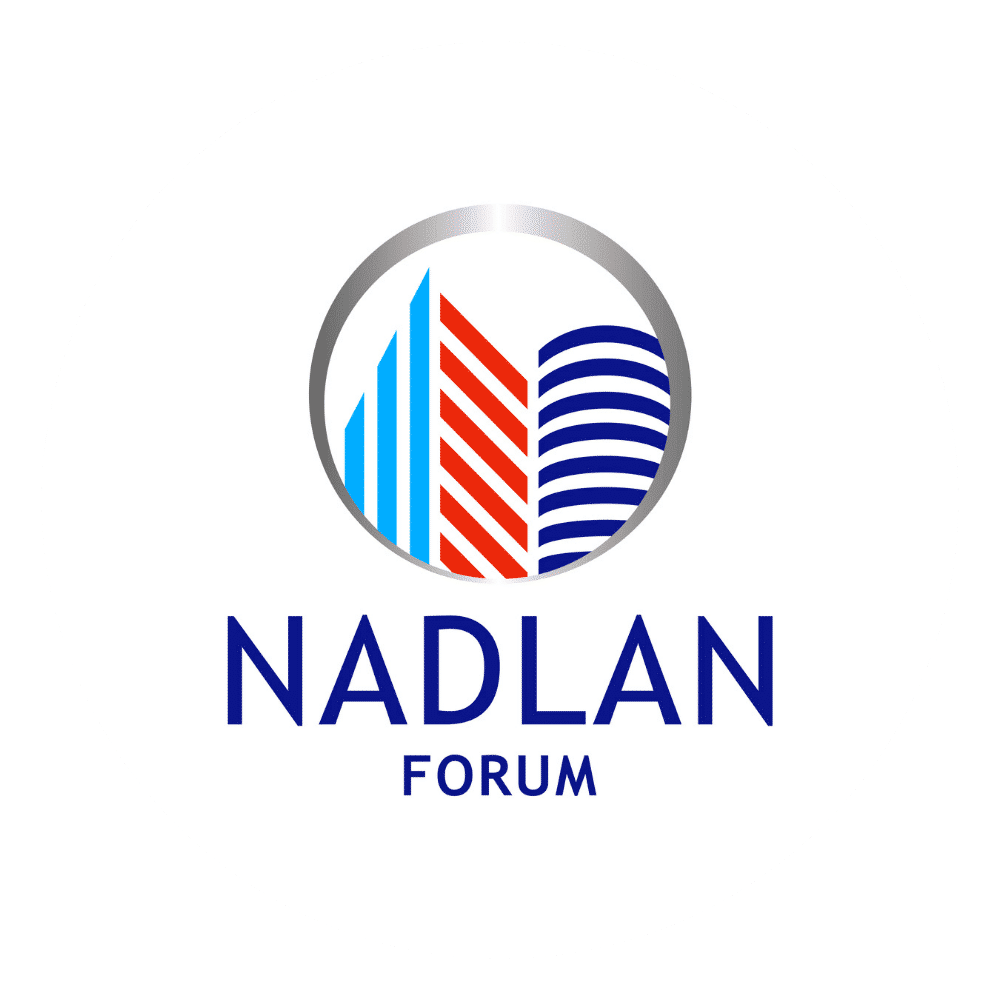
Thank you. Excellent post!
Udi Zecharia
Thank you! Can you elaborate a little on the process of taking out the above loans (I assume this is different from taking out a regular loan / mortgage on a property)?